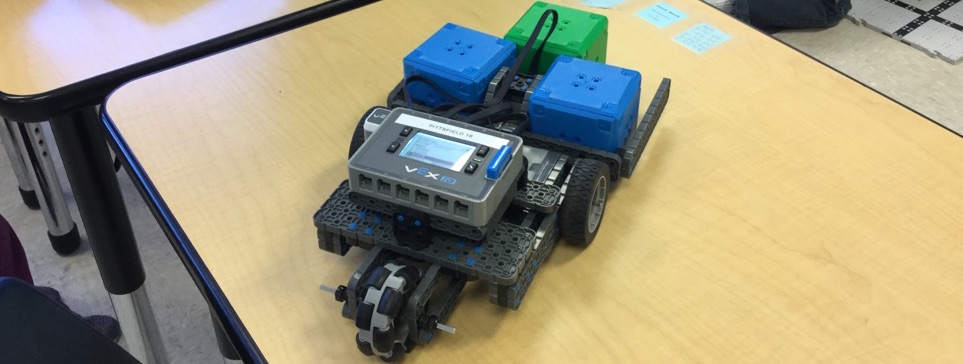My fifth-grade robotics classes are challenging and fun. Students work cooperatively in small groups to build, modify, and program a robot to move autonomously (with minimal human intervention) while also learning to navigate social learning situations and solve a problem that is anchored in the real world.
This module is challenging but using “focused questions, feedback, and diagnostic assessment” (Wiggins & McTighe,2005, p. 46) helps to uncover misunderstandings, questions and assumptions my students have. In turn, this informs my instruction and helps students learn more, avoid forgetfulness, and transfer what they know to other situations.
Formative assessment, assessment for learning that occurs during a unit of instruction, is dynamic assessment. It gives teachers the opportunity to find out what students are able to do on their own or with adult help and guidance (Shepard, 2000).
By making students’ thinking visible and open to examination, it can reveal what a student understands and what misconceptions they hold (Trumbull & Lash, 2013). It also provides opportunities for scaffolding steps between one activity and the next, for each individual student (Shepard, 2000).
Guided by Rubric 3.0, my third iteration of a rubric to assess other assessments, I created Formative Assessment Design Version 3.0 is meant to be used during a fifth-grade robotics module that I teach. During a typical school year, I teach this module four or five times. Since creating this formative assessment, I have used it multiple times in the classroom.
You may also read prior iterations, Formative Assessment Design Version 1.0 and Formative Assessment Design Version 2.0. You may also read my blog posts about FAD 1.0 here, FAD 2.0 here, or FAD 3.0 here.
REFERENCES
Shepard, L. (2000). The role of assessment in a learning culture. Educational Researcher, 29(7), 4-14.
Trumbull, E. & Lash, A. (2013). Understanding formative assessment: Insights from learning theory and measurement theory. San Francisco: WestEd. Retrieved from www.wested.org/online_pubs/resource1307.pdf
Wiggins, G.P. & McTighe, J. (2005). Understanding by design. Alexandria, VA: Association for Supervision and Curriculum Development. Retrieved from http://p2047-ezproxy.msu.edu.proxy1.cl.msu.edu/login?url=https://search-ebscohost-com.proxy1.cl.msu.edu/login.aspx?direct=true&db=e000xna&AN=133964&scope=site
IMAGES
All images and videos on this page were created by Sarah Van Loo.

